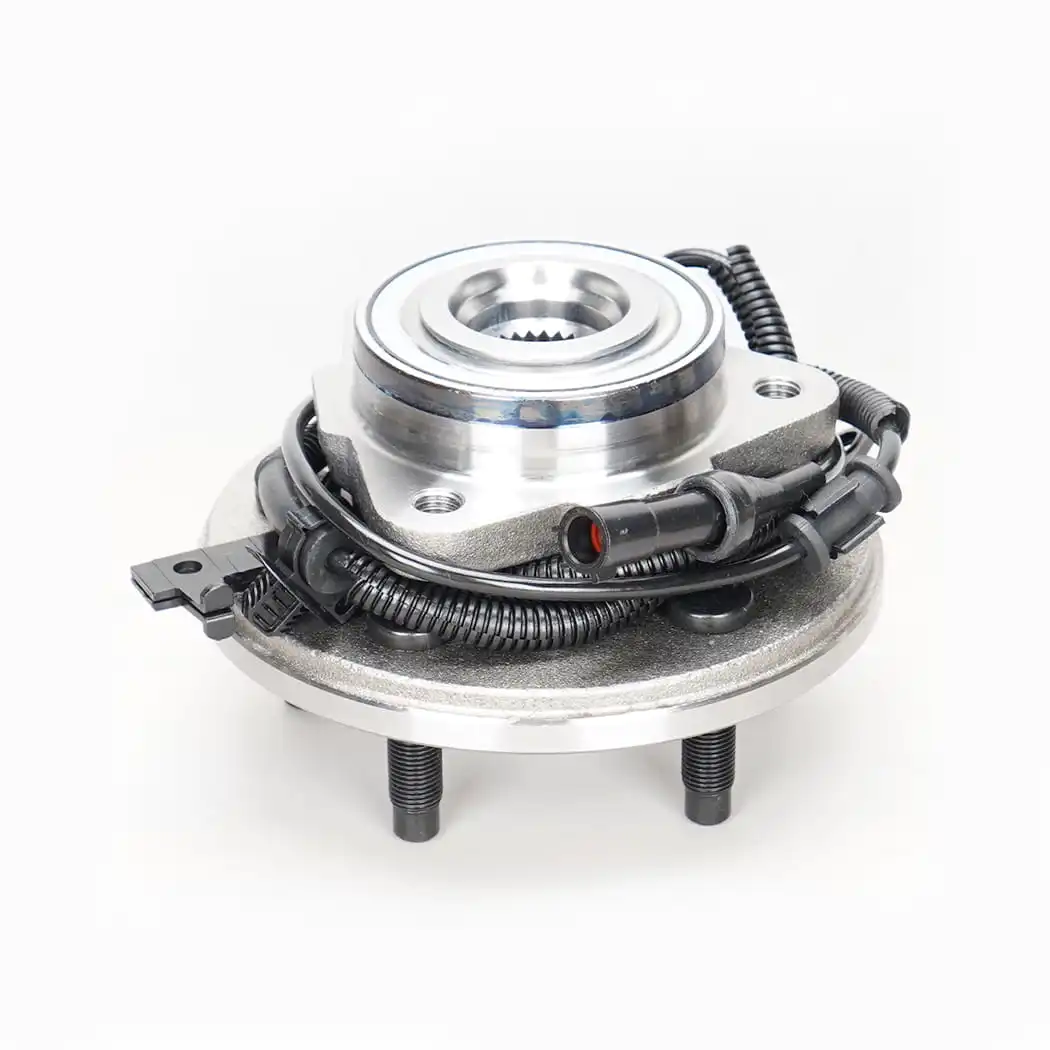The load capacity of WHEEL HUB SPINDLES has important characteristics in terms of load types, which are directly related to the design, material selection and safety of the spindle. Understanding the impact of different load types on spindle performance can help optimize the design and improve the safety and reliability of the vehicle. These characteristics will be discussed in detail below.
WHEEL HUB SPINDLES are mainly subjected to the following types of loads:
Static loads are usually the gravity applied to the spindle when the vehicle is stationary. Static loads are relatively stable and mainly consist of the weight of the vehicle and the weight of the occupants.
Dynamic loads refer to the instantaneous loads caused by acceleration, braking, steering and uneven road surfaces during the vehicle's driving. This load changes rapidly and may cause a large impact on the spindle.
Impact loads are instantaneous impact loads that the spindle will bear during driving, such as potholes, obstacles or emergencies. This load may far exceed static or dynamic loads, and requires higher strength and toughness of the material.
Torsional loads are torsional loads that the spindle will be subjected to when the vehicle turns or accelerates, especially in high-performance or heavy vehicles, where the impact of torsional loads is particularly obvious.
For different types of loads, it is crucial to choose the right material. The spindle material needs to have sufficient strength, toughness and fatigue resistance. Commonly used materials include high-strength steel, aluminum alloy, etc., which can withstand high-intensity static and dynamic loads and show good toughness under impact loads.

The geometry and size design of the spindle directly affect its load-bearing capacity. For example, the diameter and length of the spindle need to be optimized according to the load type to ensure uniform stress distribution and avoid stress concentration. In addition, a reasonable design can improve the stiffness of the spindle and enhance its ability to resist torsional loads.
During the design process, strength and fatigue analysis are required to evaluate the performance of the spindle under different loads. Using finite element analysis (FEA) technology can simulate the stress distribution of the spindle under static, dynamic and impact loads to help designers identify potential weak links.
Under static loads, the spindle needs to be able to stably support the weight of the vehicle and maintain its geometry. The yield strength and ultimate tensile strength of the material should be higher than those under static loads to avoid permanent deformation.
The impact of dynamic loads on the spindle is more complicated because it involves not only the magnitude of the force, but also the direction of load application and time changes. The response of the spindle under dynamic loads will lead to different stress cycles, increasing the risk of fatigue damage. Therefore, the impact of dynamic loads on fatigue life needs to be considered during design.
Impact loads are the biggest challenge for spindles. Since impact loads are instantaneous, they may exceed the bearing capacity of the spindle instantly, resulting in fracture or fatigue failure. Therefore, the design of the spindle needs to consider impact resistance, select materials with good toughness, and add buffer structures to the design.
Torsional loads will cause torsional stress in the spindle, affecting its stability and safety. The design needs to ensure that the torsional strength of the spindle is sufficient to cope with various handling conditions during driving, especially in high-performance vehicles, where the spindle needs to have additional torsion resistance.
The load capacity of WHEEL HUB SPINDLES in terms of load type determines its design and material selection. Understanding the impact of static, dynamic, impact and torsional loads on the spindle is essential to improving the safety and reliability of the vehicle. By optimizing the design and material selection, the excellent performance of the spindle under various working conditions can be ensured, thereby improving the handling and stability of the entire vehicle. In-depth research and technological innovation in this field will provide important support for future high-performance and safe automobile manufacturing.